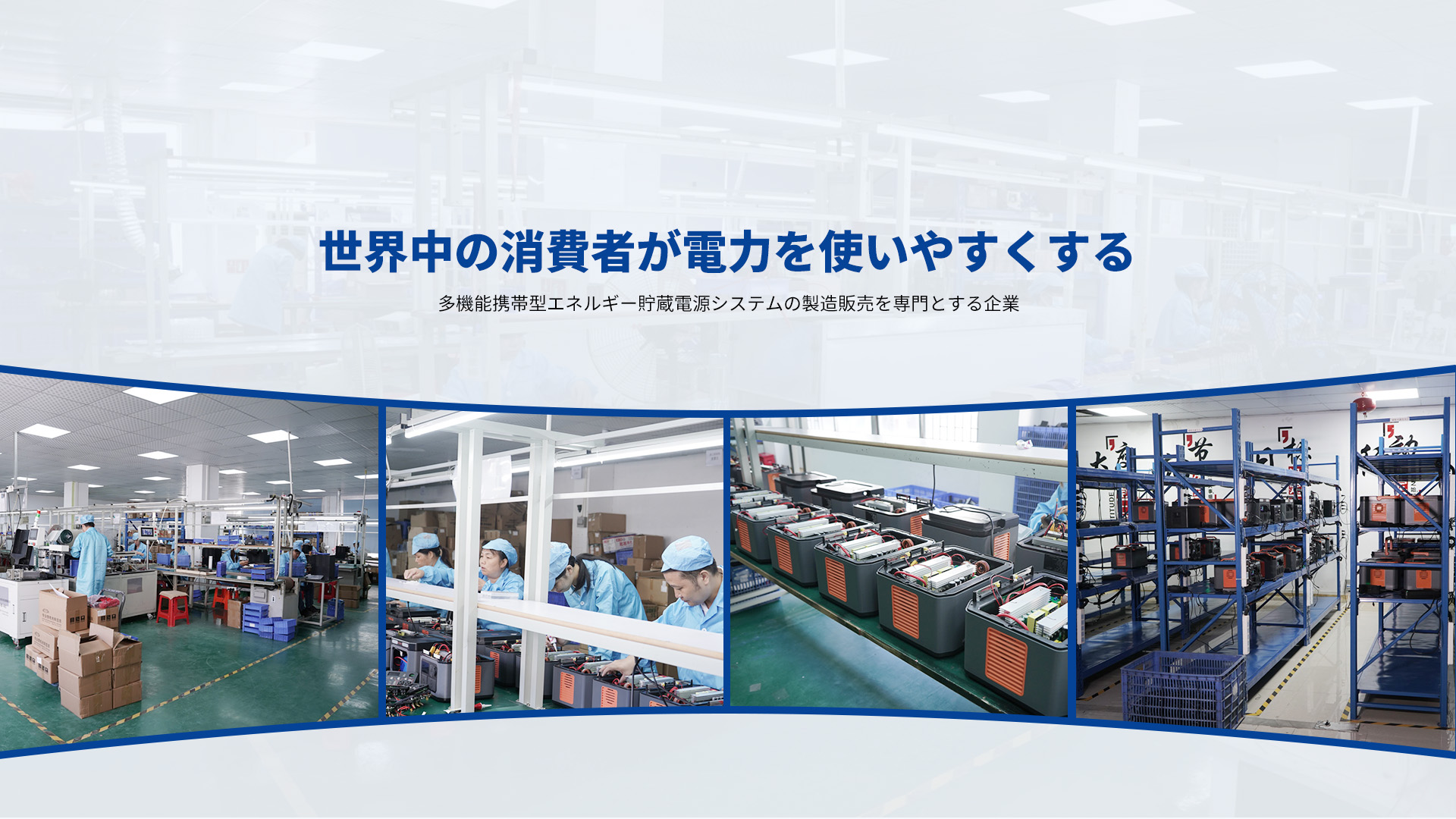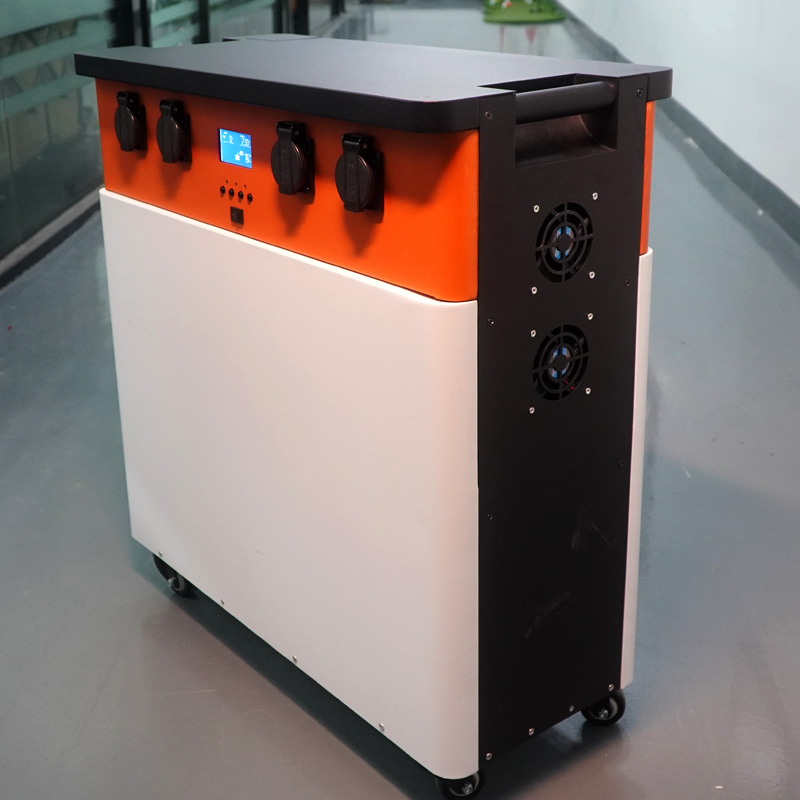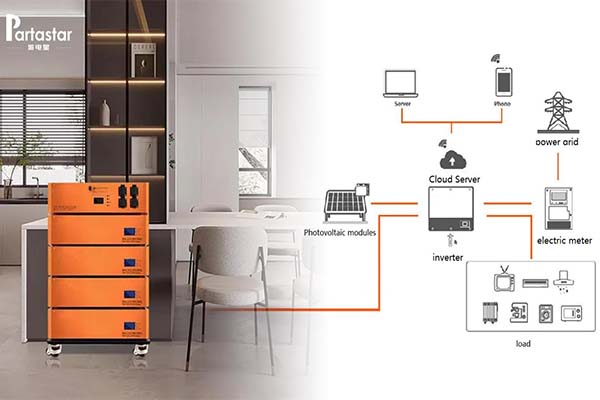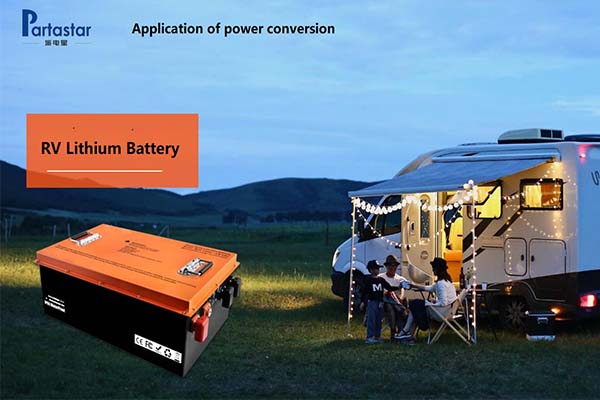There are many factors that affect the performance of lithium batteries, such as the type of material, the compacted density of positive and negative electrodes, moisture, coating surface density, and the amount of electrolyte used. Among them, moisture has a crucial impact on the performance of lithium-ion batteries. Moisture is a key factor that needs to be strictly controlled in the production process of lithium-ion batteries. Excessive moisture will not only lead to the decomposition of lithium salts in the electrolyte, but also affect the positive and negative materials, The current collector has a certain corrosion damage effect, and also leads to the reduction of the cycle performance and safety performance of the battery. However, trace amounts of moisture are of great significance. The influence of moisture on the performance of lithium batteries will be introduced in detail below.
Disadvantages of excess water
In the production process of the ternary/graphite system battery, the preparation of the cathode slurry generally uses an oil-based dispersion system, using PVDF as a binder, and NMP as a solvent. When PVDF encounters excessive moisture, it will form a gel-like substance, resulting in poor fluidity and leveling of the slurry, which is not conducive to the coating of the slurry. Therefore, when preparing slurry, attention must be paid to the moisture content of raw materials, the working environment and the introduction of moisture during personnel operations. In addition to having a huge impact on the preparation of lithium battery slurry, excess moisture will cause the decomposition of the electrolyte.
Hydrofluoric acid is a particularly corrosive acid, which can cause serious damage to the positive and negative electrode materials and current collectors of lithium batteries, and eventually lead to battery safety problems.

The significance of trace moisture
However, the less water in the lithium battery, the better. As we all know, the solid electrolyte interface (commonly known as SEI membrane) is a selectively permeable membrane that allows Li+ to pass through freely, while electrolyte molecules cannot pass through. The composition of the electrolyte and trace additives have a significant impact on the potential of the SEI film formation, the degree of compactness, the irreversible capacity loss of the battery, and the internal resistance of the battery. As a trace component in the electrolyte, water has a certain influence on the formation of SEI film and battery performance of lithium-ion batteries.
The effect of moisture on the performance of lithium batteries
In different material systems, the moisture content has a great influence on the performance of the battery. However, what remains unchanged is that moisture has an impact on the first charge and discharge capacity, internal resistance, battery cycle life, and battery volume of lithium batteries. The lithium cobalt oxide/graphite system battery is used as an example below.
1. The impact on the first charge and discharge capacity
Moisture is related to the formation of SEI in lithium batteries, which will inevitably affect the first irreversible capacity loss of lithium batteries.
When the moisture in the battery is less than 0.015%, the initial discharge capacity of the battery meets the national standard and changes little; when the moisture in the battery is in the range of 0.015% to 0.04%, the initial discharge capacity of the battery decreases with the increase of moisture in the battery. When the moisture content in the battery is less than 0.015%, the following reactions dominate.
The alkyl lithium carbonate generated by the one-electron reduction process can also react with trace water in the electrolyte to generate lithium carbonate.
2ROCO2 Li+H2O →Li2CO3 +CO2 +2ROH
When CO2 is generated, a new chemical reaction occurs on the surface of the negative electrode at a low potential:
2CO2+2Li+ +2e →Li2CO3 +CO
It can be seen that an appropriate amount of water is conducive to the formation of a Li2CO3-based, stable, uniform and dense SEI film. When the SEI film completely covers the negative electrode, the irreversible reaction stops immediately.
When the moisture content is in the range of 0.0150% to 0.04%, the consumption of lithium ions increases and the charge and discharge capacity of the battery decreases, which has a negative impact on it.
2. The influence on the internal resistance of the battery
The internal resistance of the battery is one of the most important characteristic parameters of the battery. It is an important parameter to characterize the cycle life and operating state of the battery, and it is the main indicator to measure the difficulty of ion and electron transmission in the battery. The internal resistance is mainly affected by factors such as battery material, manufacturing process, and battery structure. The smaller the internal resistance, the smaller the voltage occupied by the battery when discharging, and the more energy it outputs. For batteries stored for a long time, the internal resistance will increase with the increase of storage time, and when the internal resistance exceeds a certain value, it will have a great impact on the performance of the battery. Since the moisture content has an effect on the quality of the SEI film in lithium batteries, the profile affects the internal resistance of the battery.
In the EC/DMC/EMC electrolyte solvent system, a trace amount of water can form a Li2CO3-based, stable, uniform and dense SEI film with low internal resistance. When the water content is more than the required content of the system to form the SE I film, POF3 and LiF precipitates will be generated on the surface of the SEI film, resulting in an increase in the internal resistance of the battery.
3. Effect on battery capacity fading
The moisture content affects the properties of the battery SEI film, such as uniformity and density, etc. When the SEI film is uniform and dense, the electrolyte solvent is not easy to embed into the negative electrode and occupy the Li+ intercalation vacancies, so the capacity fades little. On the contrary, when the locality of the SEI film is not dense and inhomogeneous, it is relatively easy for the Li+ intercalation vacancies to be occupied by the electrolyte solvent. Li2CO3 is the most important component to form a uniform and dense SEI film. In the EC/DMC/EMC electrolyte solvent system, an appropriate amount of water can promote the formation of a Li2CO3-based SEI film. When the water content is sufficient or excessive, the formed SEI The denser and more uniform the film, the smaller the probability of solvent-embedded carbon negative electrode. This is why when the water content is in the range of 0.015% to 0.04%, the capacity fading of the battery decreases gradually with the increase of the water content. When the moisture is less than 0.015%, a denser SEI film is formed on the surface of the negative electrode, which keeps the solvent intercalation in a balanced state. Therefore, the battery capacity fading is maintained in a relatively stable state.
4. Effect on battery thickness
As the moisture content increases, the thickness of the battery also increases. When the moisture content is low, this is due to the generation of CO2, CO and other gases during the formation of the SEI film. And when the water is excessive, the excess water will continue to react with LiPF6 to generate HF gas. The amount of gas produced inside the battery is related to the safety of the battery. In order to avoid serious flatulence in the battery, the moisture inside the battery must be strictly controlled.



